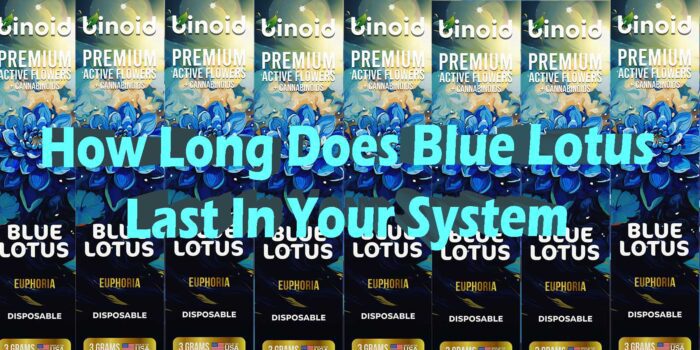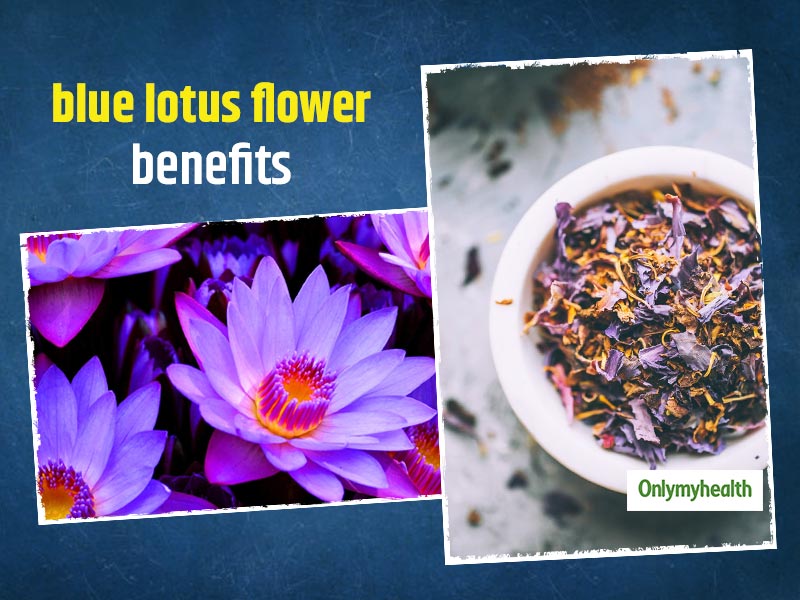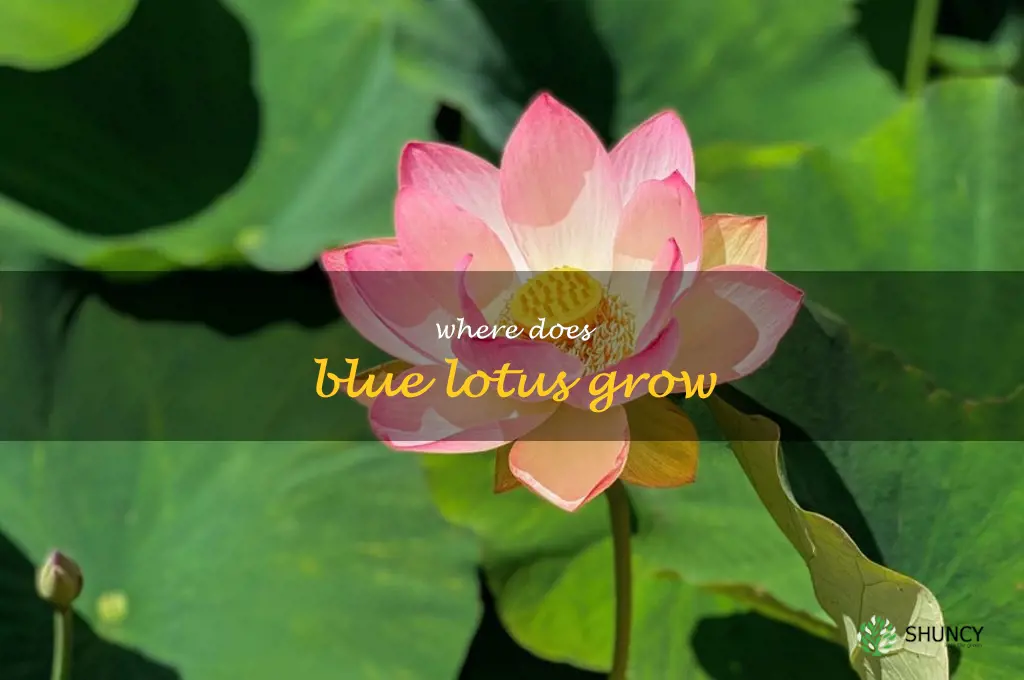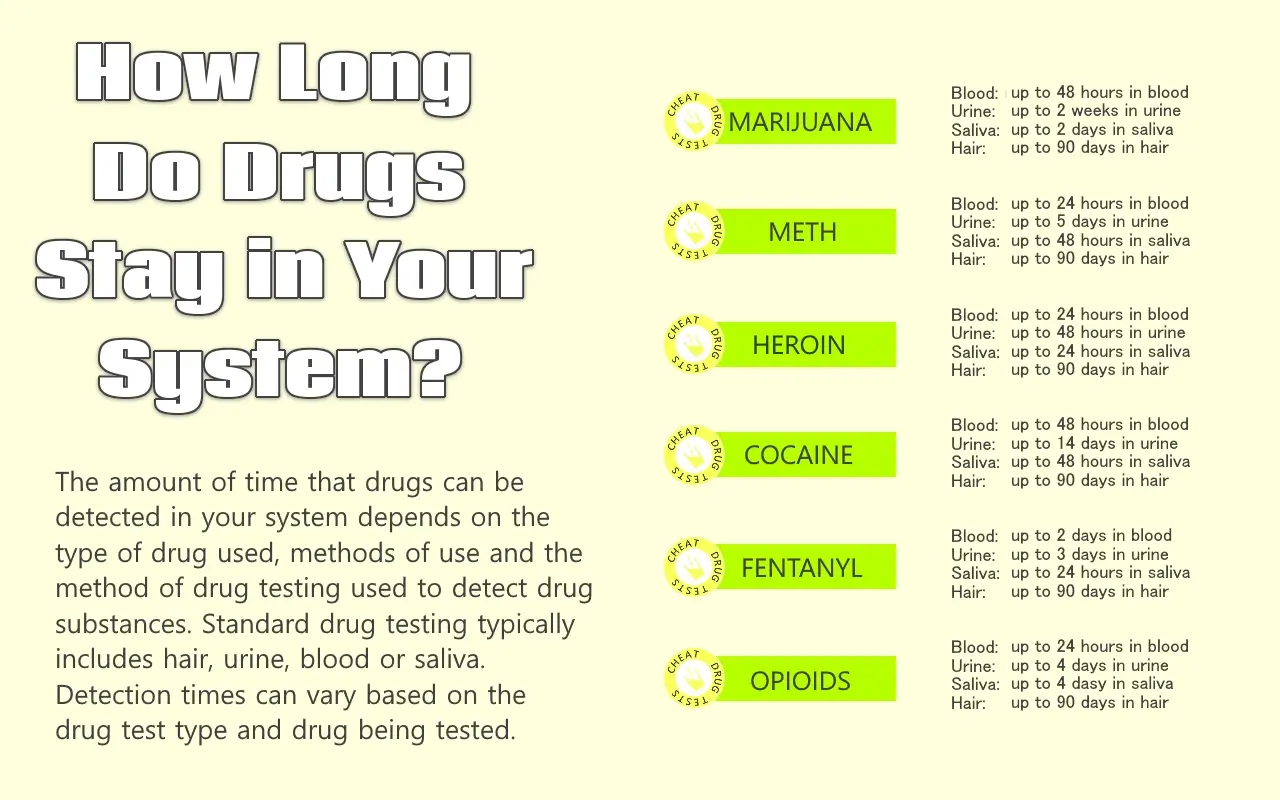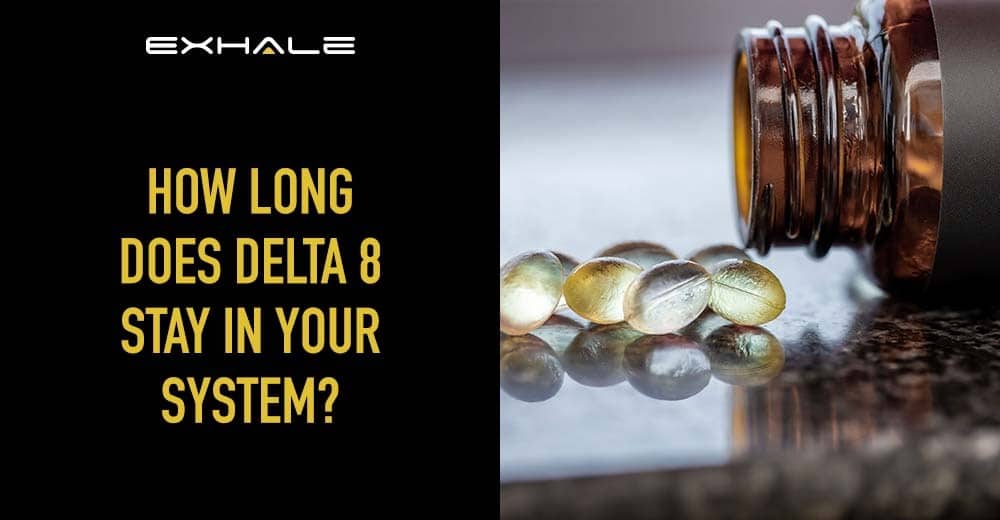How Long Does Blue Lotus Stay In Your System

Blue lotus, scientifically known as Nymphaea caerulea, has garnered increasing attention for its purported relaxing and psychoactive effects. This ancient flower, used historically in Egyptian and other cultures, is now finding its way into various teas, vapes, and tinctures. Given its growing popularity, a critical question arises: how long does blue lotus stay in your system?
Understanding the duration of blue lotus' effects and its detectability in the body is essential for users, healthcare professionals, and those involved in regulatory oversight. While definitive research is limited, this article aims to provide an overview based on available knowledge, extrapolated data from similar substances, and anecdotal reports, exploring the factors influencing its presence in the body.
What is Blue Lotus?
Blue lotus is a water lily that contains psychoactive alkaloids, primarily apomorphine and nuciferine. These compounds are believed to interact with dopamine receptors in the brain, leading to feelings of relaxation, euphoria, and altered perception. Traditional uses included religious ceremonies and medicinal applications, although modern research into its specific therapeutic benefits is still in its infancy.
Factors Influencing Duration and Detectability
Several factors can influence how long blue lotus remains detectable in the system. These include the dosage consumed, the method of consumption (e.g., tea, smoked, vaporized), individual metabolism, body weight, and overall health.
Higher doses will generally result in longer-lasting effects and a potentially extended period of detectability. The route of administration also plays a significant role; smoking or vaporizing the flower may lead to a quicker onset but shorter duration compared to ingesting it as a tea.
Metabolism rates vary from person to person, affecting how quickly the body processes and eliminates the compounds. Individuals with faster metabolisms will likely clear the substance more rapidly than those with slower metabolisms.
Estimating the Timeline
Due to the limited scientific research specifically on blue lotus, precisely determining its duration in the system remains challenging. Much of the available information relies on anecdotal reports and extrapolations from studies on similar compounds.
Typically, the effects of blue lotus are reported to last for a few hours, usually between 2 to 5 hours, depending on the factors mentioned above. However, trace amounts of its compounds could potentially remain detectable for a longer period.
Considering that blue lotus contains apomorphine, which has a relatively short half-life, it's plausible that most of the active compounds are metabolized and eliminated within a day or two. However, the lack of specific testing makes it difficult to provide a definitive answer.
Detection Methods and Limitations
Currently, there are no widely available or standard drug tests specifically designed to detect blue lotus or its constituent alkaloids. Standard drug screenings typically target illicit substances like opioids, cannabinoids, and stimulants, not compounds found in blue lotus.
It is theoretically possible to develop a test to detect apomorphine or nuciferine in urine, blood, or hair samples. However, given the limited demand and the current legal status of blue lotus in many regions, such tests are not commonly used.
Therefore, if an individual were to undergo a standard drug test, it is highly unlikely that blue lotus use would be detected. Nevertheless, it's crucial to be aware of potential interactions with other substances and to inform healthcare providers of any herbal supplements or psychoactive substances being used.
Potential Implications and Considerations
The lack of comprehensive data on blue lotus and its effects raises several concerns. The absence of standardized testing and dosage guidelines makes it difficult to assess the potential risks associated with its use.
Moreover, the interaction of blue lotus with other medications or substances is not well-understood. Individuals taking prescription drugs or other psychoactive compounds should exercise caution and consult with a healthcare professional before using blue lotus.
The increasing popularity of blue lotus also highlights the need for further research into its pharmacological properties and potential therapeutic applications. A more thorough understanding of its effects and duration in the system could inform safer usage guidelines and contribute to responsible regulation.
"While blue lotus has a long history of traditional use, modern research is crucial to validate its purported benefits and understand any potential risks," explains Dr. Anya Sharma, a herbal medicine researcher.
Conclusion
In conclusion, while the effects of blue lotus typically last for a few hours, the precise duration it remains detectable in the system is not definitively known due to limited research and the absence of specific drug tests. Factors such as dosage, method of consumption, and individual metabolism play a significant role.
Until more comprehensive data becomes available, users should exercise caution and be mindful of potential interactions with other substances. Further research is needed to fully understand the effects, risks, and potential benefits of Nymphaea caerulea.
Ultimately, responsible and informed use is crucial when considering the incorporation of blue lotus into one's routine.



